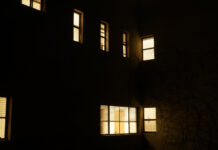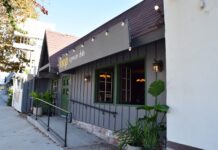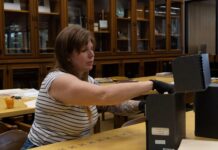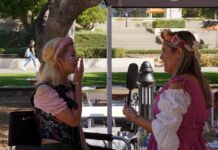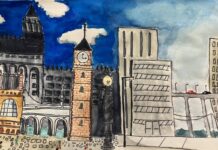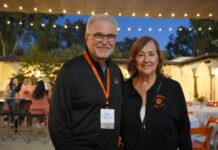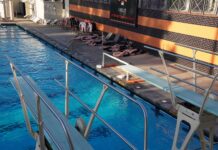Author: Sarah Spinuzzi
The Mary Norton Clapp Library has transformed into what is now referred to as the Academic Commons. It is clear that technology is playing an ever greater role the way college students do research and Occidental has clearly embraced this shift. What is not clear is exactly how the administration intends to flesh out the idea behind the Academic Commons. Given the generally abstract and vague descriptions of the Academic Commons, one might ask what was wrong with the library to begin with.
According to the Academic Commons Task Force, the project will make the former library, “a place that facilitates intellectual engagement and exchange; a place in which intellectual discourse is made visible, academic liveliness modeled, thinking made public; a place where instruction might actually be seen.” Statements like these make the idea of the Academic Commons more opaque than transparent.
Although sounds heralding the new “Academic Commons” abound, few changes have occurred to this point. Pam McQuesten, Vice President of Information Resources said that a variety of activities go on in the library including peer tutoring, the Center for Academic Excellence (CAE), classes and collaborative work. All of these activities will continue to occur in the same facility that is now called the Academic Commons. This does not mean that Occidental will become a campus without a library or books. Rather, McQuesten sees the Academic Commons as a center for learning that has a library inside of it.
In its current stage, the Academic Commons will operate as the Clapp Library has in the past, so students should not fear a radical alteration of their academic experience with respect to the library. In the future, there is hope that more classes, tutoring and experimental learning will take place in the building. It is clear that McQuesten and the others involved in creating the Academic Commons are passionate and excited about the way technology can help academia. Those behind the Academic Commons want the College’s resources to stay up-to-date so that students and faculty can utilize technological assets. While this is a noble goal, questions linger regarding the execution of this plan.
A quick walk around the library exposes most of the recent changes that signal the transition to the Academic Commons. The big orange sign outside of the former library reads “Academic Commons” surrounded by a strange and seemingly random array of other words. Walking into the Academic Commons, one may notice some more big bright orange signs that read “ITS Help Desk,” “Circulation Desk” and “Reference Desk.” A quick glance to the right and it is apparent that the reference desk has moved only to be replaced by some bright orange or possibly neon green ergonomically correct chairs. This is the beginning of the grand plan for “an iconic place of gathering”.
The eye-catching, orange laminated signs at the entry are less than iconic, however convenient they may be. A reorganization of different campus resources has occurred so that technology, research and library assistance are all in one place. However, this reorganization has hardly transformed the library into the vision of the Academic Commons.
While the Academic Commons is only in the early stages of a larger project, there are legitimate concerns about the direction the project is heading. Neon-colored chairs and white modern shaped tables hardly facilitate intellectual engagement. It is unclear what makes these new so-called improvements give an image of “academic liveliness” over the cerebral ambiance of large-filled bookshelves or the sight of students deeply engaged in a project scattered over a table.
Although few academic changes are evident in the Academic Commons, the aesthetics of the space now offer an ambiance not traditionally associated with academia. There did not seem to be anything wrong with the Brown Lab before, but now it has more expensive chairs and a dearth of computers. When walking by the empty lab with the nice chairs, one does not see students excited about a project or students and faculty working together to promote an academic community. Instead, a few students sit distanced from one another staring into their laptops with headphones on. The bright neon chairs do not do anything to show “thinking made public,” but they do shatter the calm of an otherwise staid environment.
An old classic campus library where students hide behind stacks of books or slouch into fluffy leather sofas, is being transformed into a space that resembles the emptiness and coldness of a for-profit college building like Devry.
Hopefully the long-term goals yield better results, but at this stage the Academic Commons is a classic case of fixing something that is not broken.
Sarah Spinuzzi is a senior philosophy major. She can be reached at spinuzzi@oxy.edu
This article has been archived, for more requests please contact us via the support system.
![]()






